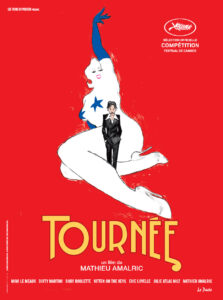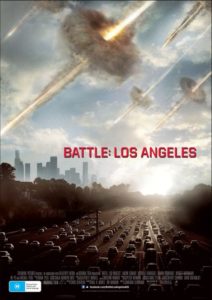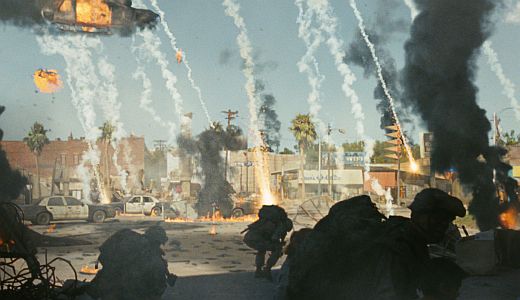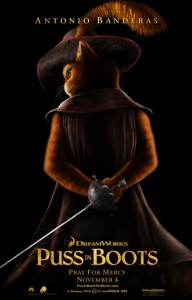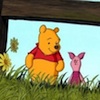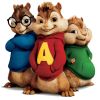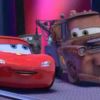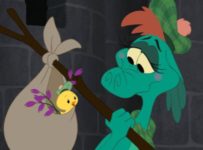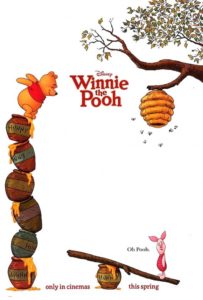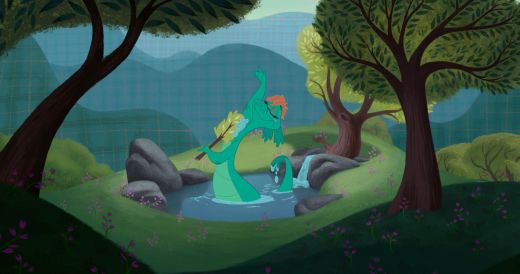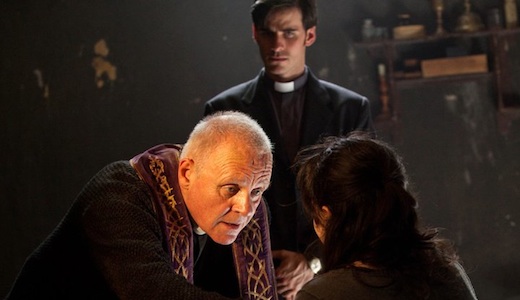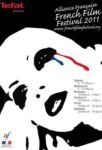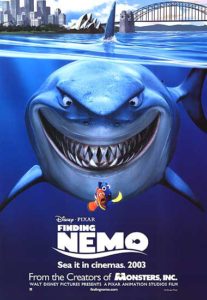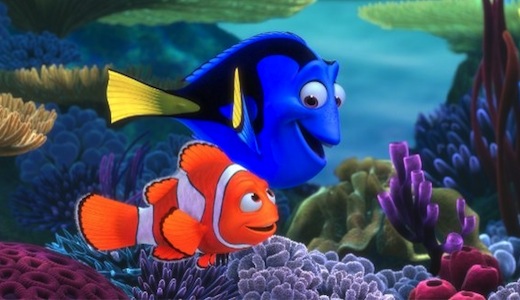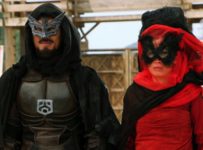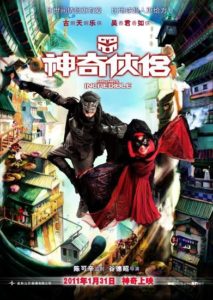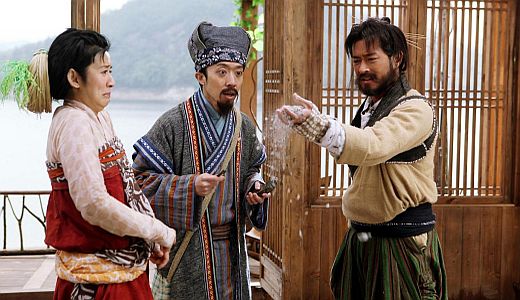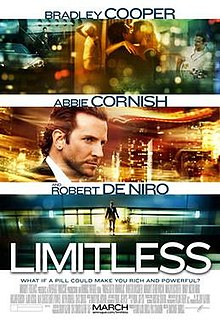
Since his first screen appearance in an episode of Sex And The City, Bradley Cooper has gravitated from supporting player to genuine star. Impressing in television spy series Alias, he made his way from forgettable shows Touching Evil, Jack & Bobby and Kitchen Confidential to film appearances in Wedding Crashers, Failure To Launch and The Comebacks, with The Rocker, The Midnight Meat Train and Yes Man padding out his resume.
In 2009, he added New York, I Love You, He’s Just Not That Into You and All About Steve to his body of work, however it was the unexpected popularity of comedy The Hangover that considerably boosted his fame. After 2010 remake The A-Team, Cooper now turns his talents to mystery thriller Limitless, in the first feature to truly test his leading man credentials.
Writer Eddie Morra (Cooper) is on the fast-track to nowhere, with failure following his every move. The words won’t come to him despite the lure of a hefty advance, and his girlfriend (Abbie Cornish, Legend Of The Guardians: The Owls Of Ga’Hoole) has had enough of his defeatist attitude. Running into his ex brother-in-law (Johnny Whitworth, Gamer) for the first time in years, Eddie is presented with an opportunity he can’t pass up. Given a sample of wonder drug NZT-48, his mindset is altered from meandering to motivated, with anything seemingly possible. Just as things start looking up, his rise from zero to hero brings with it the attention of characters both shady (Tomas Arana, Defiance) and connected (Robert De Niro, Meet The Parents: Little Fockers). As the stakes are raised, Eddie finds himself caught in a mess of murder and mayhem, with the drugs central to his predicament.
Limitless comes with an intriguing premise, albeit one based on Alan Glynn’s novel “The Dark Fields”. Placing itself almost immediately in the realm of Philip K. Dick’s style of existential parables in which the protagonist’s reality is shifted to a point where he doesn’t know what is real and what is constructed: they are a pluralist view of reality, where the altered state begins to make more sense that what had been perceived up until that point.
We have already seen one of Dick’s stories adapted this year in The Adjustment Bureau, and Limitless holds up quite well when viewed within the contextual framework. Of course, the story is bolstered greatly by the presence of a new certified leading man in Bradley Cooper, who transforms from bum to genius quite literally before our eyes, and the smoke and mirrors direction of Neil Burger (mmm…burger) in his fourth outing in the big chair. Supporting cast members Cornish and De Niro, the latter of whom is still phoning it in at this late stage in his career, offer ample chops, but ultimately it is Cooper who must carry this premise on his shoulders.
Limitless is not quite as clever as it thinks it is, or should be, as the problem with writing a film about a super-smart person is that the people behind the film are nowhere near as brilliant as the character that they are portraying. While not to diminish anything from Leslie Dixon, the scribe behind such straightforward genre pics Mrs. Doubtfire, Pay It Forward and the Freaky Friday remake, she isn’t exactly batting with the four-figure IQ that the lead character purports to have in Limitless. This leaves the film in a bit of a quandary in the final act of the film. The intriguing premise and charming personality of Cooper have carried us through the first two acts effortlessly, and to be frank it is very cool watching a person with no restraints at work.
For the audience, this is the person that we want it to be. However, for a character as smart as this to work there are really only two options for a film that is not as clever as its main character: make all the other characters stupid, or rely on a convoluted denouement to bluff your way out. The latter works quite well for Limitless, as long as you don’t examine it too closely, and we are left with an otherwise above-average thriller.

The Reel Bits: Limitless is not without its limits, but it is clever enough to hide them with just enough pace to stop us from asking too many probing questions. Cooper confirms his status as a winning leading man, and we look forward to seeing him back with the Wolfpack in The Hangover Part II and in what will hopefully be a meatier role in David O. Russell’s The Silver Linings Playbook in 2013.
Limitless was released on March 17, 2011 in Australia by Roadshow Films.


